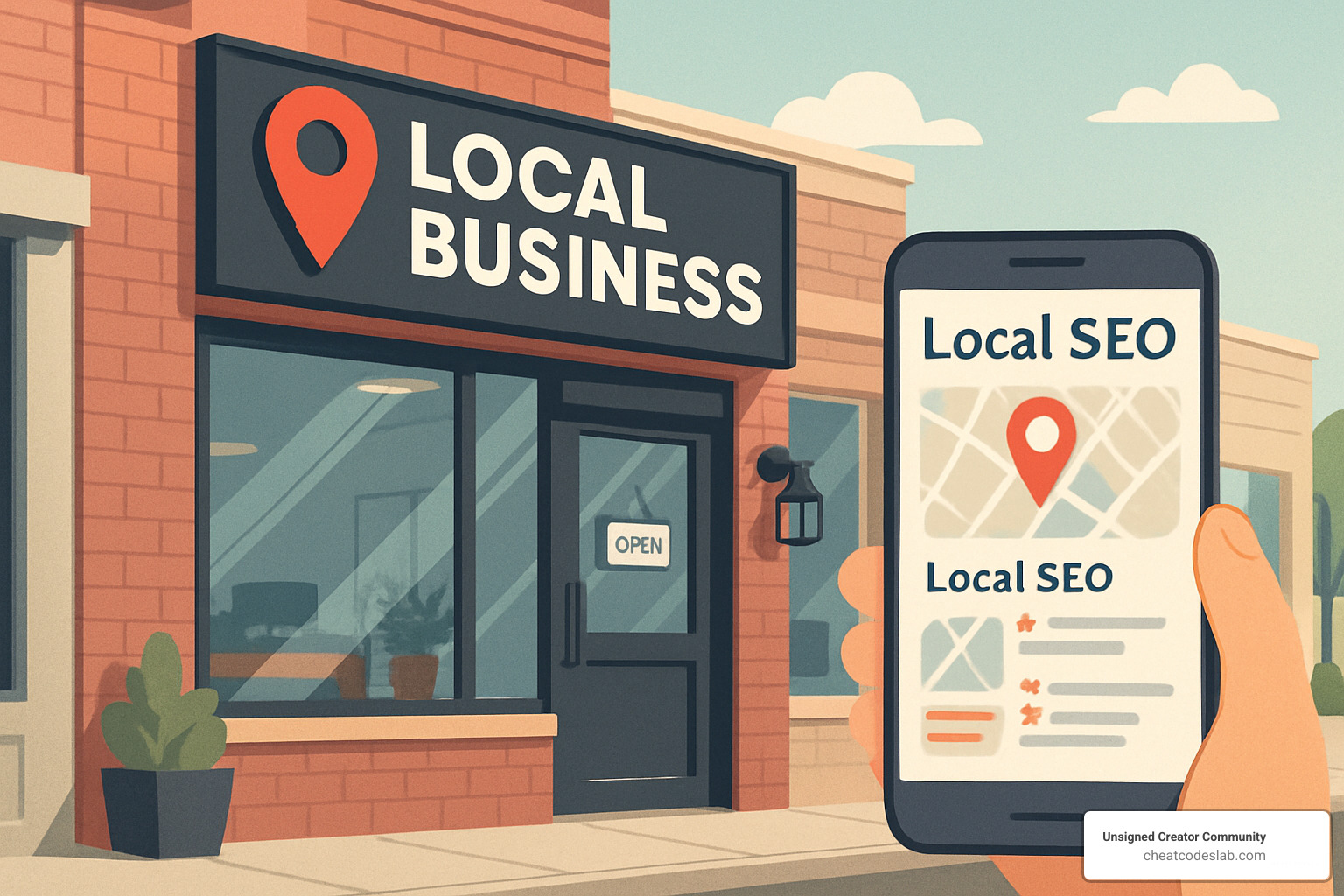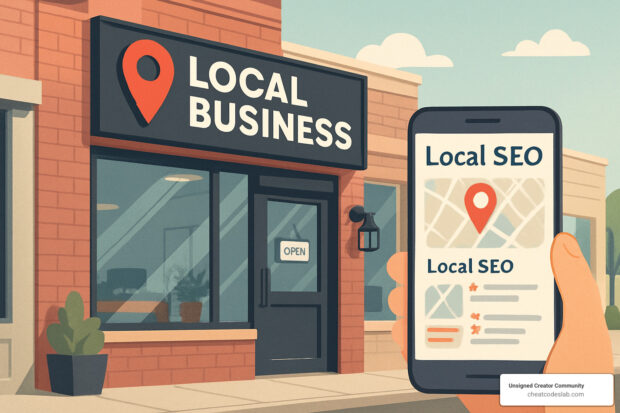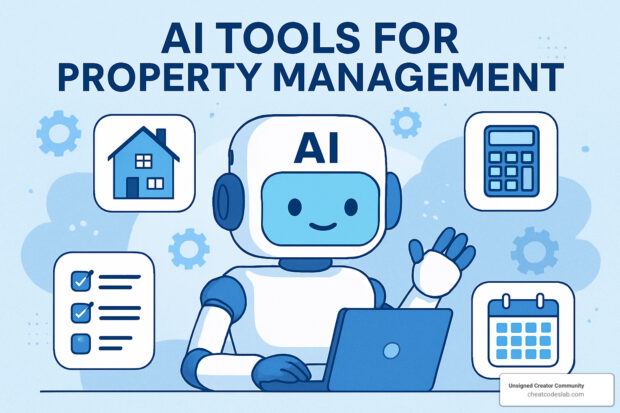
Local SEO techniques: 7 Powerful Ways for Success 2025
Why Local SEO Matters for Your Business
Local SEO techniques are essential strategies that help businesses appear in location-based search results when nearby customers are looking for their products or services. If you want your business to rank higher in local searches, here are the most effective techniques:
- Optimize your Google Business Profile with accurate information, photos, and regular updates
- Maintain consistent NAP (Name, Address, Phone) across all online directories
- Build local citations on high-authority sites relevant to your industry and location
- Earn quality local backlinks from community partners and local publications
- Generate and respond to customer reviews on Google and other platforms
- Create location-specific content that addresses local customer needs
- Implement local schema markup to help search engines understand your business
- Ensure mobile-friendly design as 50% of mobile searchers visit businesses within a day
Local SEO is increasingly important as 46% of all internet searches have local intent, and 72% of consumers who search locally visit a store within a five-mile radius of their location.
When implemented correctly, these techniques help small and local businesses compete effectively against larger competitors by appearing prominently in the “Map Pack” (the group of three local businesses Google displays at the top of search results) and in organic listings.
I’m digitaljeff, a content strategist with over 15 years of experience helping businesses implement effective local SEO techniques to increase their online visibility and drive foot traffic to physical locations. Throughout this guide, I’ll share proven strategies that have helped my clients dominate local search results.

Local SEO techniques terms simplified:
– Schema markup guide
– Mobile-first SEO tips
– Content gap analysis
Local SEO Techniques: Step-By-Step Blueprint
The way people search for local businesses has completely transformed in recent years. It’s pretty mind-blowing when you think about it – “near me” searches have skyrocketed by 500%, while “open now near me” searches jumped 400%. This tells us one thing: when people need something local, they’re reaching for their phones first.

When it comes to local search rankings, Google looks at three main factors that determine who gets that coveted Map Pack spotlight:
- Proximity – Are you close enough to the person searching? (Sometimes you can’t control this, but you can influence the other factors!)
- Relevance – Does your business actually offer what they’re looking for?
- Prominence – Does your business have the reputation and authority to stand out?
Let’s explore how you can master these factors with a systematic approach that actually works.
Local SEO Techniques: Google Business Profile Mastery
Your Google Business Profile is like your digital storefront – it’s the first impression many potential customers will have of your business. It’s not just important; it’s essential. In fact, 36% of SEO experts consider it the #1 factor for getting into those top three Map Pack spots.
Start by claiming and verifying your profile at Google Business Profile. The verification process usually involves Google sending a postcard with a PIN to your business address – a small hoop to jump through that many of your competitors haven’t bothered with!
When choosing categories, be as specific as possible. If you run “Tony’s Italian Restaurant,” don’t just select “Restaurant” – choose “Italian Restaurant” as your primary category, then add a few secondary categories like “Pizza Restaurant” or “Pasta Shop” if applicable.
Photos matter more than you might think. Businesses with 100+ photos get a staggering 520% more calls than average. That doesn’t mean posting 100 blurry smartphone pics – share high-quality images of your space, your products, your team in action, and happy customers (with permission, of course).
One of my favorite tricks is to create a direct review link – a short URL that takes customers straight to your review form. This tiny convenience can dramatically increase how many reviews you collect. And speaking of questions, don’t wait for customers to ask them! Create a FAQ section by asking and answering common questions yourself.
Remember to post regularly about promotions, events, or just what’s new at your business. Think of your profile as a social media channel that needs fresh content to stay relevant.
One warning: don’t try to game the system by keyword-stuffing your business name. Stick to your actual business name as it appears on your signage and legal documents, or you risk getting suspended.
For even more advanced optimization techniques, check out our AI Tools for Website SEO resource.
Local SEO Techniques: NAP & Citation Consistency
NAP consistency sounds technical, but it’s actually quite simple – it just means making sure your Name, Address, and Phone number are exactly the same everywhere your business appears online. This consistency builds trust with both search engines and customers.
The importance of this can’t be overstated. A recent study found that up to 98% of consumers used the internet to find information about local businesses in 2022, up from 90% in 2019. When they find conflicting information, they lose trust and often move on to a competitor.
Start by conducting a citation audit using tools like Semrush, Moz Local, or BrightLocal to find where your business is listed and identify inconsistencies. Then standardize your format – decide if you’ll use “Street” or “St.” in your address, how you’ll format your phone number, and stick with it everywhere.
Focus first on the heavy hitters: Google Business Profile, Bing Places, Apple Maps, Facebook, Yelp, and TripAdvisor, plus any industry-specific directories relevant to your business. Then submit your information to data aggregators like Data Axle, Foursquare, and Neustar Localeze, which supply business data to multiple directories at once.
Don’t forget to add your consistent NAP information in the footer of your website and implement LocalBusiness schema markup to help search engines understand and display your information correctly.
For a deeper dive into managing citations effectively, visit our SEO Strategy Tools page.
Building High-Quality Local Backlinks
When it comes to local SEO, backlinks are still incredibly powerful, but there’s good news – you don’t need hundreds of them to see results. Most small businesses have only about 3.6 quality links, which means even a handful of good local backlinks can put you ahead of the competition.
Local SEO techniques for building meaningful backlinks start with leveraging your existing relationships. Partner with complementary local businesses – if you’re a wedding photographer, exchange links with florists, venues, and caterers you regularly work with. These natural connections make for the most valuable links.
Joining local business associations like your Chamber of Commerce or industry groups often comes with a member listing on their website. Similarly, sponsoring local events, teams, or charities typically results in acknowledgment on their websites.
Getting featured in local media can be easier than you think. Reach out to local news outlets, bloggers, and influencers with genuinely interesting stories about your business – a new service, an anniversary celebration, or community involvement can all make for newsworthy content.
One often overlooked opportunity is your vendor relationships. Ask suppliers or businesses you work with to add you to their “clients” or “partners” page. And don’t forget to look for “unlinked mentions” – places where your business is mentioned but not linked to – a friendly email can often turn these into valuable backlinks.
For more creative link building strategies, check out our Advanced SEO Techniques guide.
Leveraging Reviews & Local Content
Online reviews have become the digital version of word-of-mouth, and they’re incredibly powerful. About 95% of customers read reviews before making a purchase decision, and review signals make up roughly 17% of local pack ranking factors.
Developing a smart review acquisition strategy doesn’t have to be complicated. Create a memorable URL for your Google review page, generate QR codes linking directly to your review form, and train your team to naturally ask happy customers for feedback. The key is making it easy for customers to leave reviews.
Just as important as getting reviews is responding to them – all of them. For positive reviews, a simple thank you shows you’re engaged. For negative reviews, address concerns professionally and offer solutions. This demonstrates to potential customers that you care about customer satisfaction, even when things don’t go perfectly.
Creating localized content is another powerful way to boost your local visibility. Develop neighborhood guides that highlight local attractions and amenities near your business. Create FAQ pages that address location-specific questions. If you serve multiple areas, build unique, content-rich pages for each location rather than using templates.
Blog about local events and news to show your community involvement. Use local language, neighborhood names, and landmarks that resonate with your audience. And always use authentic local imagery – real photos of your business in its local setting will always outperform generic stock photos.
The goal is creating content that genuinely serves your local audience while naturally incorporating location-based keywords. It’s not about keyword stuffing – it’s about being genuinely useful to local searchers.
For more content creation strategies that drive results, visit our SEO Content Tips resource.
Tracking, Advanced Moves & Next Steps
Let’s be honest—mastering local SEO techniques isn’t just about implementing strategies; it’s about tracking what works and continuously improving. Think of it as tending a garden rather than building a statue—it needs ongoing care to flourish.

When comparing your Map Pack and organic rankings, you’re essentially looking at two different battlefields:
| Map Pack Rankings | Organic Rankings |
|---|---|
| Proximity-based | Domain authority |
| Varies by location | Consistent across locations |
| Influenced by GBP | Influenced by on-page SEO |
| Reviews critical | Content quality critical |
| NAP consistency vital | Backlink profile vital |
Measuring Success & Iterating
The difference between good and great local SEO often comes down to how well you track and respond to performance data.
Your Map Pack visibility is like your local storefront—it changes depending on where someone is standing. That’s why tools like “Grid My Business” are so valuable; they show how your rankings shift across different neighborhoods in your service area. It’s like having eyes everywhere!
Your Google Business Profile dashboard is a goldmine of insights. Those views, website clicks, calls, and direction requests aren’t just numbers—they’re potential customers reaching out. When I see these metrics climbing for my clients, I know we’re connecting with real people who need their services.
Search Console and Google Analytics might seem like the vegetables of your digital marketing diet—not always exciting, but incredibly good for you. They reveal which local search terms are bringing visitors to your site and, more importantly, what those visitors do once they arrive. Are they sticking around? Are they converting? This information is pure gold.
Phone call tracking deserves special attention. There’s something powerful about hearing your phone ring and knowing it came from your local SEO efforts. It’s tangible proof that your digital strategy is creating real-world connections.
Local SEO techniques aren’t “set it and forget it”—they need regular attention. I recommend setting a monthly date with your data. Pour yourself a coffee, dig into the numbers, and look for patterns. What’s working? What needs tweaking? This rhythm of review and refinement is what separates thriving local businesses from struggling ones.
For a deeper dive into tracking tools, our Search Engine Monitoring page has everything you need to stay on top of your performance.
Future-Proof Tactics & CTA
The local search landscape is always evolving, much like your neighborhood probably has over the years. Let’s make sure your local SEO techniques stay ahead of the curve.
Voice search optimization isn’t just a fancy add-on anymore—it’s becoming essential. When people ask Siri or Alexa about businesses like yours, they use conversational language. “Hey Google, where can I find fresh baked bread within walking distance?” sounds very different from typing “bakery near me.” Your content needs to answer these natural, spoken questions.
Schema markup might sound technical, but think of it as giving search engines a cheat sheet about your business. Beyond just telling Google you exist, comprehensive schema tells it your hours, services, FAQ answers, and more. It’s like the difference between handing someone your business card versus giving them a complete brochure about your company. The Schema.org Local SEO guide can walk you through implementation.
Mobile experience has moved from “important” to “absolutely critical.” When I pull out my phone to find a local business, I expect lightning-fast load times and easy access to information. If I need to pinch and zoom or wait for slow pages, I’m likely to bounce back to search results and try your competitor. Google Search Console can help identify mobile issues before they cost you customers.
Zero-click searches are changing the game too. Sometimes the best ranking isn’t getting the click—it’s providing information so clearly in search results that users get what they need without visiting your site. Your GBP and schema need to be optimized for this reality.
Community involvement creates a beautiful synergy between online and offline presence. When you sponsor the local little league team or host a workshop, you’re not just building goodwill—you’re generating mentions, photos, and engagement that signal your local relevance to search engines.
At CheatCodesLab, we’ve seen how implementing these local SEO techniques transforms businesses from being invisible online to becoming neighborhood landmarks. Our certified AI tools can help streamline these processes without losing the human touch that makes your business special.
Local SEO isn’t just marketing—it’s about making meaningful connections with your community. The strategies we’ve covered aren’t quick fixes (expect 3-6 months for significant results), but they’re proven paths to sustainable local visibility.
Ready to make your business the first one people find when they need what you offer? Check out our SEO-ready solutions and let’s put your business on the map—literally!












